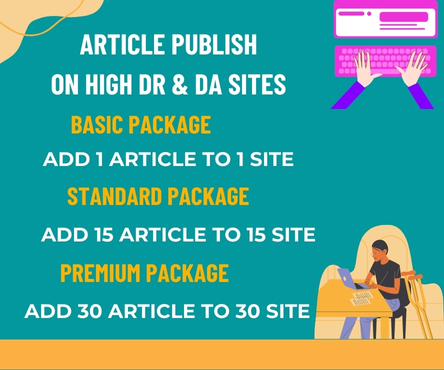The liver transplant database is a critical tool in the management and allocation of liver transplants. This database contains comprehensive information on patients awaiting liver transplantation, including their medical history, priority status, and other relevant details. The primary purpose of the database is to facilitate organ matching and allocation, ensuring that available livers are transplanted to the most suitable recipients in a timely manner.
Importance of Liver Transplant Databases
Liver transplant databases play a vital role in improving patient outcomes and optimizing organ utilization. By maintaining accurate and up-to-date records, these databases enable healthcare professionals to:
- Prioritize patients: The database allows medical teams to assess the severity of each patient’s condition and prioritize those in urgent need of a transplant.
- Match donor livers: The database facilitates the matching process between donor livers and potential recipients, taking into account factors such as blood type, liver size, and medical urgency.
- Monitor patient outcomes: By tracking patient data, healthcare professionals can evaluate the effectiveness of liver transplantation and identify areas for improvement.
- Optimize organ allocation: The database helps to ensure that available livers are allocated efficiently, minimizing waste and maximizing the number of successful transplants.
Key Features of Liver Transplant Databases
Liver transplant databases typically include the following features:
- Patient demographics: Comprehensive information on patients awaiting transplantation, including medical history and priority status.
- Donor information: Details on available donor livers, including blood type, liver size, and medical history.
- Matching algorithms: Sophisticated algorithms that match donor livers with suitable recipients based on medical urgency, waiting time, and other factors.
- Real-time updates: Continuous updates on patient status, donor availability, and transplant outcomes.
- Data analytics: Advanced analytics tools that provide insights into transplant trends, patient outcomes, and organ utilization.
Benefits of Liver Transplant Databases
The use of liver transplant databases has numerous benefits, including:
- Improved patient outcomes: By prioritizing patients and matching donor livers with suitable recipients, databases help to ensure that transplants are performed on those who need them most.
- Increased efficiency: Databases streamline the transplant process, reducing waiting times and minimizing the risk of organ waste.
- Enhanced transparency: By tracking patient outcomes and transplant data, databases promote transparency and accountability in the transplant community.
- Better decision-making: Data analytics and insights enable healthcare professionals to make informed decisions about patient care and organ allocation.
Challenges and Future Directions
Despite the benefits of liver transplant databases, there are several challenges that need to be addressed, including:
- Data standardization: Ensuring that data is standardized and comparable across different transplant centers and databases.
- Data security: Protecting sensitive patient information and ensuring the security of transplant data.
- Interoperability: Enabling seamless data sharing between different databases and healthcare systems.
To overcome these challenges, researchers and healthcare professionals are exploring new technologies and strategies, such as blockchain-based data management and artificial intelligence-powered analytics. By addressing these challenges and continuing to improve liver transplant databases, we can enhance patient outcomes, optimize organ utilization, and save more lives.
Liver transplant databases are a crucial component of modern transplant medicine. By leveraging advanced technologies and data analytics, these databases help to ensure that liver transplants are performed safely, efficiently, and effectively. As the demand for liver transplants continues to grow, the importance of these databases will only continue to increase, driving innovation and improvement in transplant care. With ongoing advancements and a commitment to excellence, liver transplant databases will remain a lifesaving resource for patients in need.

